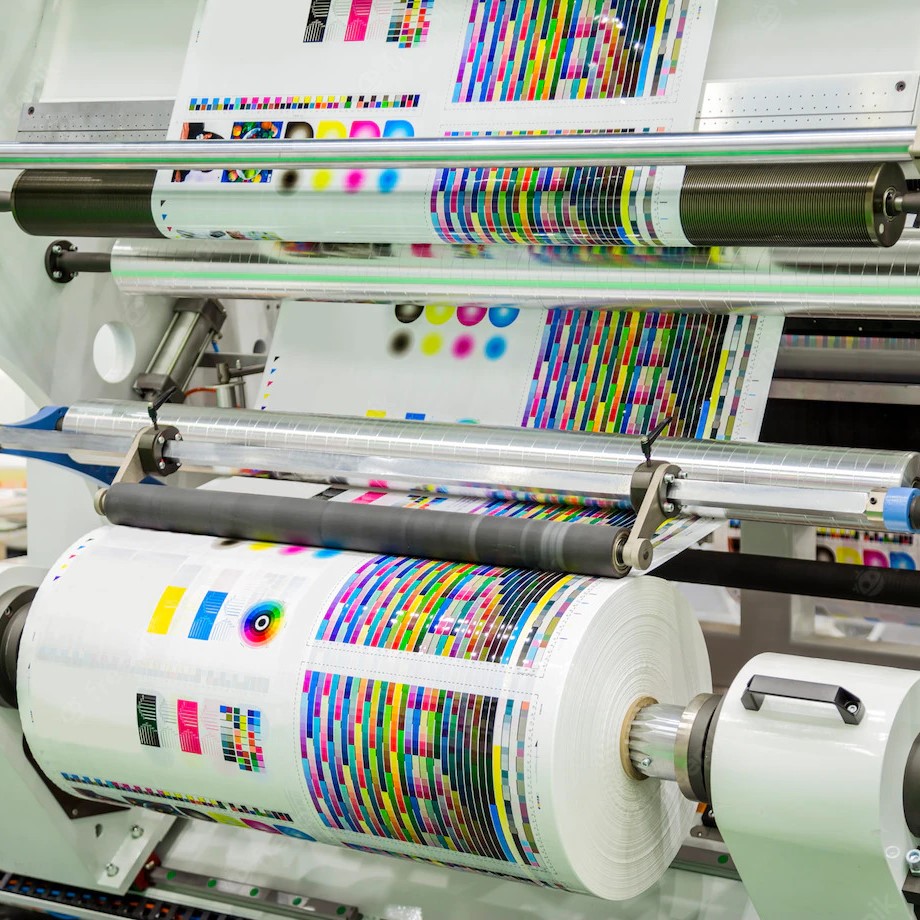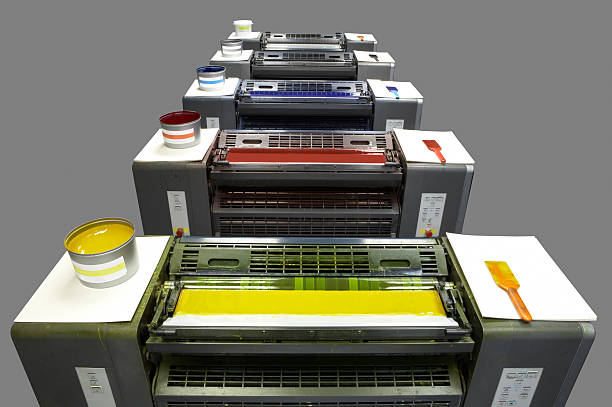A Comprehensive Overview to Comprehending Litho Printing Techniques
The globe of litho printing, a method originating from the late 18th century, is an interesting blend of background, innovation, art and scientific research. Keep with us as we journey into the exciting world of litho printing.
The Historical Development of Litho Printing
The historical trajectory of litho printing, a crucial advancement in the world of interaction, is an exciting story of human ingenuity. Birthed in the late 18th century by Alois Senefelder, this strategy was at first a cost-effective technique of publishing staged works. Lithography, stemmed from the Greek words for 'stone' and 'to compose', made use of a smooth rock surface to transfer pictures onto paper. The procedure advanced with the advent of the rotary press, which significantly enhanced productivity (litho printing). In the 20th century, the advancement of countered lithography changed the market, permitting automation of premium prints. Each stage of litho printing's development showcases mankind's relentless quest of effectiveness and quality in visual interaction.
Deciphering the Science Behind Litho Printing Inks
Relocating onward in the exploration of litho printing techniques, the focus now shifts to the scientific research behind litho printing inks. The structure of these inks, their drying out procedure, and color mixing strategies develop the backbone of this complex art type. Comprehending these aspects is important to mastering the craft and attaining the preferred print results.
Make-up of Litho Inks
In lithographic printing, the essential role of litho inks can not be overemphasized. Pigments, the color-providing components, are carefully ground particles put on hold in the car, a fluid that brings the pigment onto the printing surface. Each component plays an essential component in the final print's quality, making the exact solution of litho inks a complex science.
Ink Drying Process
From the make-up of litho inks, attention turns to the interesting procedure of ink drying. The drying process is vital, as it affects the final print's quality and durability. 2 key methods are used in litho printing: oxidative drying and absorption. Oxidative drying out entails the ink responding with oxygen in the air to develop a hard, dry movie. This approach gives a resilient finish, but can be slower contrasted to absorption. Absorption, on the various other hand, involves the ink seeping into the paper fibers, which is a faster process yet can lead to much less vivid colors. The option in between these techniques is dependent upon aspects such as print rate needs, the paper kind utilized, and the preferred coating.
Color Mixing Strategies
While the drying out procedure plays a key function in litho printing, the scientific research of color mixing strategies holds equal importance. This is an intricate process that involves the mindful mixing of primaries: cyan, magenta, and yellow, in varying percentages to accomplish a broad array of tones. The addition of black ink, discover this info here known as 'crucial', helps in managing the intensity and deepness of the shades. The science behind litho printing inks additionally thinks about the transparency of the ink, which influences exactly how colors overlay and mix. To attain an effective shade mix, print experts must additionally understand the intricacies of ink actions, color theory, and the physical buildings of the substrate on which the ink is used.
The Art and Layout Elements in Litho Printing
Litho printing takes a breath life into art and layout via its distinct elements. Litho printing suits a selection of shades, allowing artists to produce vibrant and vivid prints. This combination of accuracy and convenience makes litho printing a favored choice for numerous artists and developers.
Modern Applications of Litho Printing Methods
Litho printing strategies have actually located comprehensive use in the modern-day business industry. Its influence and significance remain to expand with the introduction of brand-new advancements and innovations in the field. This section will discover these contemporary applications and the transformative duty they play in the printing market.
Commercial Litho Printing Makes Use Of
In today's electronic age, one might question the importance of standard printing techniques. Litho printing continues to be a vital component of the commercial market. High-volume printing jobs, such as the manufacturing of books, newspapers, and packaging, rely upon litho printing for its capability to supply remarkable image top quality and cost effectiveness. The procedure, which involves transferring an inked photo from a plate onto a rubber covering and afterwards to the printing surface, uses unrivaled my blog uniformity. This makes it perfect for work requiring a big print run. Litho printing also offers a broad color spectrum, premium to that of electronic printing. This makes it the best choice for projects that demand lively, high-quality color reproduction.
Innovations in Litho Printing
Pushing the limits of conventional strategies, modern developments have sustained a host of developments in litho printing. One popular advancement is digital litho printing, which integrates the merits of digital modern technology with litho's top notch output. These advancements emphasize the enduring significance of litho printing in the modern-day world.
Discovering the Process of Litho Printing: Detailed

Difficulties and Solutions in Contemporary Litho Printing

Regardless of the accuracy and custom that litho printing happily promotes, it is not without its collection of contemporary challenges. Digital litho printing allows for cost-effective brief runs and simple personalization, addressing the problem of variable data. Thus, while there are challenges, the litho printing market is proactively adapting to meet them head-on, guaranteeing its significance in the future.
Conclusion
Finally, litho printing, with its abundant history and scientific details, holds a considerable location in the print market. As the guide reveals, it's a synthesis of art and modern technology, with modern innovations guaranteeing its significance. However, the industry encounters challenges that need cutting-edge services, with a concentrate on automation and sustainability. The future of litho printing depends upon its capability to adapt to these changing needs, verifying its enduring worth in an advancing market.

Comments on “litho printing vs Digital Printing: What to Understand”